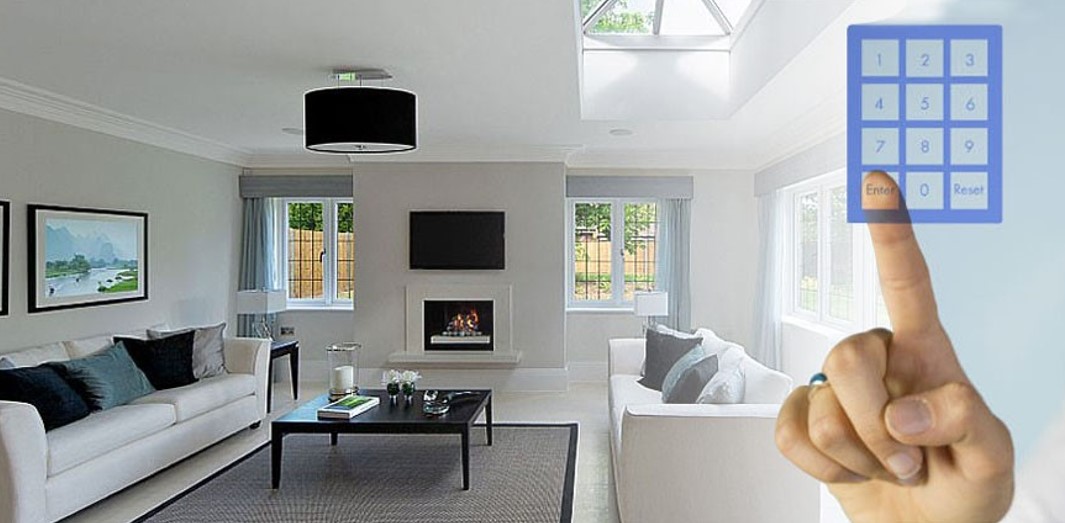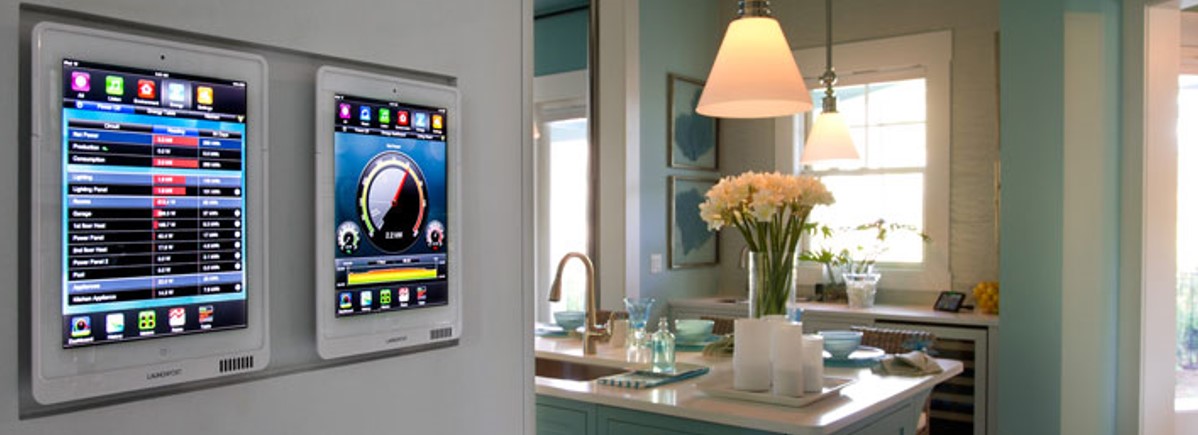According to 12vactuators.com, linear actuators played a critical role in revolutionizing technology, especially regarding home automation. Home automation entails installing a system in homes that controls various functions and activities in the home via user defined inputs. In home automation systems, the home’s electrical devices rely on software, sensors, controllers and actuators to automate functions and various tasks in the home through voice, button switches or scheduled plans.
A homeowner can automate temperature control, lighting, security, cameras, entertainment among other things that help him/her add comfort, flexibility or security to his/her home. In this article, an in-depth explanation of various aspects of home automation and a walkthrough of how to get it started have been featured in detail.
One of the biggest advantages of having home automation is that it can increase savings through ensuring energy conservation when the devices are not in use. Sprinklers and temperature control devices can be automated to work only when necessary and therefore reduce on resources required to run the home. Home automation also tags along more convenience and control thus bestowing more power on the owner of the control of the home. Entertainment devices and other equipment can be controlled by voice or an app remotely. Security and safety are also beefed up with home automation as more smart security devices are available in the market. Hoe automation also can help senior citizens to be more independent in their homes.
Some people have faulted home automation systems for being vulnerable to cyber crime. Most people dread over the idea of hackers invading their privacy for the use of various home automation devices and system. Having a robust, reliable home automation system is necessary to avoid such incidences. Strong passwords, encryption and regular update and maintenance of the system in necessary to avoid possible attacks on the home automation system.

With the recent developments and breakthroughs in technology home automation is no longer a reserve for the rich, it can be achieved with minimal resources and expertise. It is necessary to identify the primary goal of the system to be installed and plan effectively on how to automate it. With a hub, a homeowner can control several devices in a central place remotely and locally. Some home automation procedures require the owner to buy a smart device and replace with an old one which requires minimal resources. The hub has to have several features to manage the number of devices in the home effectively. However, hubs come in different forms and with different features and therefore choosing the best hub is crucial for budget, goal of automation and future expansion of the home automation system.
Some of the necessary features to look for in a hub include, wireless connectivity for controlling and managing wireless devices. Future expansion capabilities to avoid unnecessary costs while scaling home automation system. Ability to communicate with major communication protocols is also necessary. The hub’s compatibility with apps is also needed to offer flexibility in automating homes. Alerting and messaging methods to notify the owner in case of any problem is also necessary. The hub should also support scheduling features that allow for higher level automation.
Using linear actuators in home automation has created new opportunities and possibilities in home automation. Linear actuators have helped some people develop devices that have automated various simple tasks in their homes by designing and attaching them to specific locations to give controlled and desired motion. In some cases, linear actuators are programmed to for better performance, and they have been instrumental in home automation systems. Concisely, the role that linear actuators have played a critical role in home automation systems.















